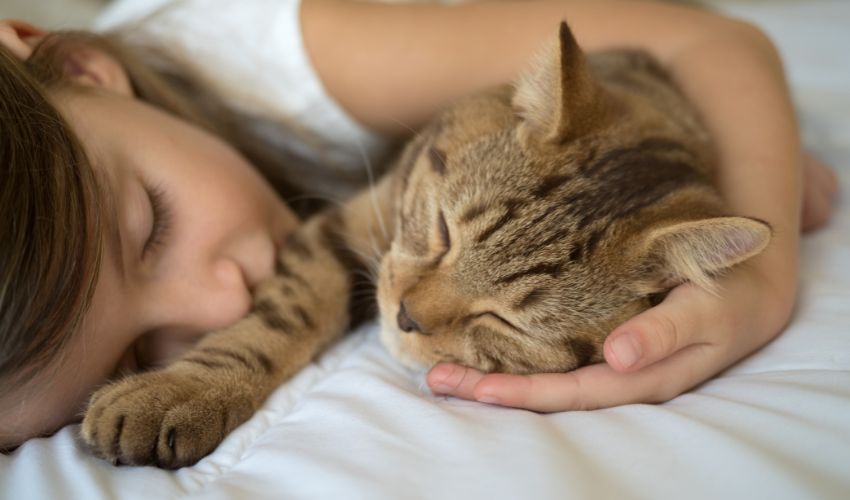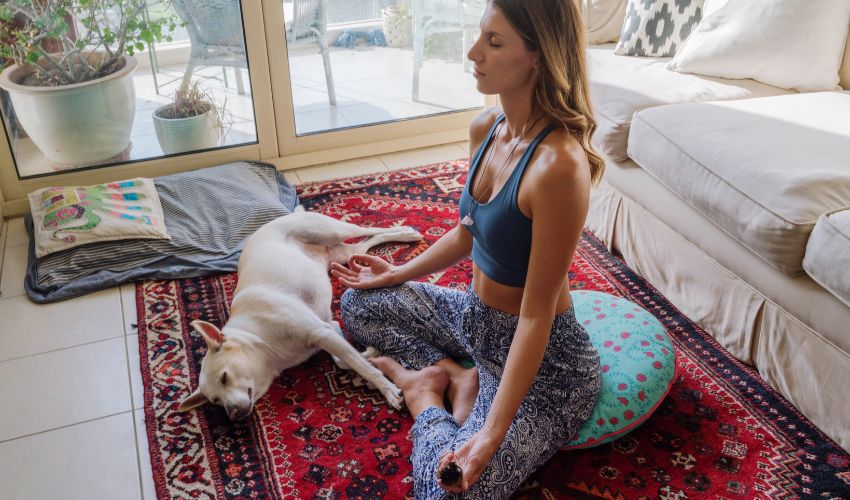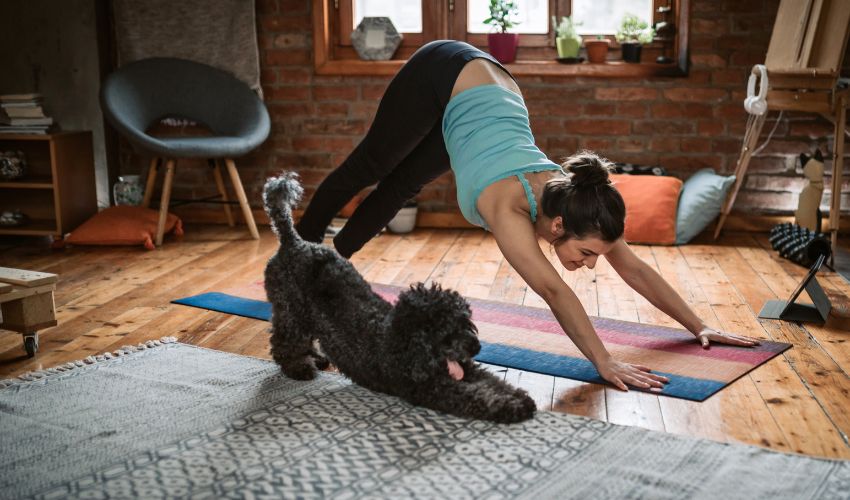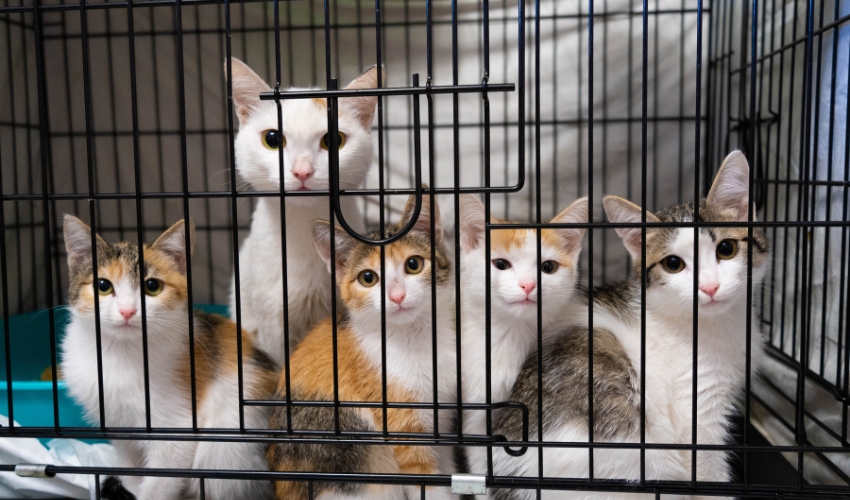In today’s fast-paced world, both humans and animals can experience stress and anxiety. Just like people, animals can benefit from relaxation techniques designed to calm their minds and bodies. Animal meditation and relaxation techniques offer a unique, natural way to help animals de-stress, improve their emotional well-being, and strengthen the bond between humans and animals. Whether you’re a pet parent or a volunteer working with rescue animals, learning these techniques can make a world of difference for the animals in your care.
1. The Growing Importance of Animal Meditation
Meditation for animals may sound unusual at first, but it has gained traction as a beneficial tool for promoting calmness in pets and rescue animals alike. Studies show that animals are highly sensitive to human emotions and energy, and their stress levels often mirror our own. Incorporating meditation and relaxation techniques into an animal’s routine can help reduce anxiety, improve behavior, and create a peaceful environment for both animals and caregivers.
2. Benefits of Animal Relaxation Techniques
Animal relaxation techniques, such as slow breathing exercises, gentle massage, and mindful bonding sessions, can have significant effects on an animal’s overall well-being. These techniques help:
- Reduce Anxiety: Stress and anxiety are common in pets and rescue animals, particularly those who have experienced trauma. Meditation and relaxation techniques provide a sense of safety and calm.
- Improve Behavior: Relaxed animals are often more receptive to training and socialization, making it easier to manage their behavior and integrate them into new environments.
- Strengthen Human-Animal Bonds: Practicing relaxation techniques with animals enhances your connection with them. This bond-building is essential for pet parents and volunteers who work with animals in shelters or rescues.
- Promote Physical Health: Stress can lead to health issues in animals, such as digestive problems, weakened immune systems, and behavioral disorders. Relaxation techniques can mitigate these risks, contributing to a healthier, happier animal.

3. How to Practice Animal Meditation and Relaxation Techniques
Here are a few simple ways you can incorporate meditation and relaxation techniques into an animal’s routine:
- Deep Breathing Sessions: While animals may not “breathe deeply” like humans, your calm, slow breathing can influence their energy. Sitting quietly with your pet or rescue animal, focusing on your breath, can create a calming effect.
- Guided Visualization: Visualize a peaceful and safe space for your animal. Your mental state influences your pet’s environment. As you imagine a serene place, speak to the animal in a soft tone and encourage relaxation.
- Gentle Massage: Many animals enjoy a soothing touch. Slow, gentle strokes along their back or head can relieve tension and anxiety. Be mindful of any sensitive areas, and always approach with care, especially when working with rescue animals who may have experienced trauma.
- Nature Walks: Meditation doesn’t always have to be stationary. Walking in nature with your pet or a rescue animal provides mental and physical stimulation while promoting relaxation. Pay attention to the surroundings and allow the animal to explore in a stress-free environment.
4. How Rescue Volunteers Can Use These Techniques
Volunteers working with rescue animals face unique challenges. Many shelter animals have endured stressful or traumatic experiences, making them more prone to anxiety. By practicing relaxation techniques with these animals, volunteers can help them adjust to new environments and improve their chances of adoption.
If you’re a rescue volunteer, incorporating meditation and relaxation into your time with animals can create a more comfortable, peaceful shelter environment. Rescue animals need calm, consistent care, and these techniques can be a great way to bond with them while helping them feel safe and secure.

5. The Bigger Picture: How You Can Make a Difference
Animal meditation and relaxation techniques aren’t just about calming animals in the moment—they’re about creating long-term emotional and physical well-being. When animals feel relaxed, they’re more likely to form strong bonds with humans, adjust to new homes, and lead healthier, happier lives. Whether you’re a pet parent or a rescue volunteer, these techniques can change the way you interact with animals and improve their quality of life.
If you’re passionate about helping animals and want to make an even bigger impact, consider signing up as a volunteer with Doobert. By joining our community of animal lovers, you can connect with shelters and rescues in need of volunteers and use the skills you’ve learned to make a meaningful difference in the lives of rescue animals.
Ready to take the next step? Sign up now and start your journey as a Doobert volunteer today!











